We have much more to do and your continued support is needed now more than ever.
10 Nutty Facts to Make You Appreciate Squirrels
Why exactly is National Squirrel Appreciation Day (January 21) so popular? Maybe it’s because squirrels are adorable, and extremely fun to watch. Maybe it’s the many hats they wear (not real hats — please don’t put hats on squirrels). What I mean is, they play a variety of roles, like acrobat, bandit, gardener, trickster, and much more. I set out to discover why these creatures are worthy of their own day, and after you read the facts I found, you might just appreciate squirrels a little more.
1. Squirrels can find food buried beneath a foot of snow.
Food is important during the cold winter months for squirrels. It makes sense, therefore, that some species are able to smell food under a foot of snow. The squirrel will then dig a tunnel under the snow, following the scent to their (or another squirrel’s) buried treasure.
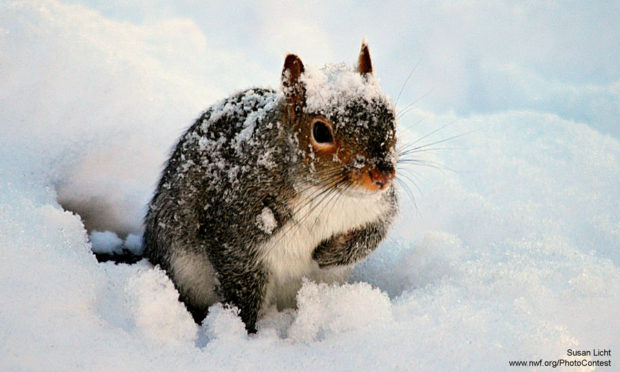
2. A squirrel’s front teeth never stop growing.
This is a common characteristic of other rodents, as well. The word “rodent” actually derives from the Latin “rodere,” which means to gnaw.

3. Squirrels may lose 25 percent of their buried food to thieves.
And that’s just from members of their own species! Scatter hoarders (squirrels with multiple caches of food) have a difficult time keeping an eye on all of their hidden food. Fellow squirrels or birds often take advantage of this for a free meal.
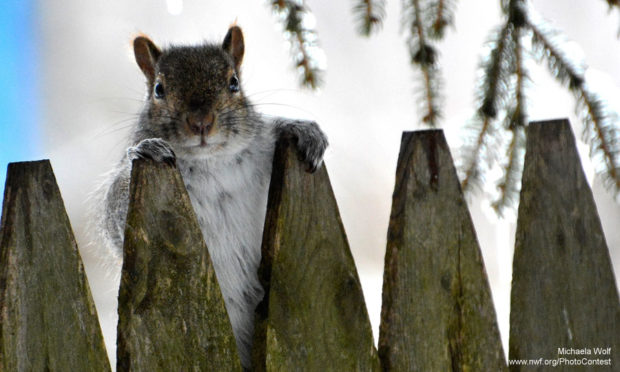
4. They zigzag to escape predators.
When squirrels feel threatened, they run away in a zigzag pattern. This is an incredibly useful strategy to escape hawks and other predators. Unfortunately, it doesn’t work so well on cars. Consider slowing down and giving squirrels a brake!
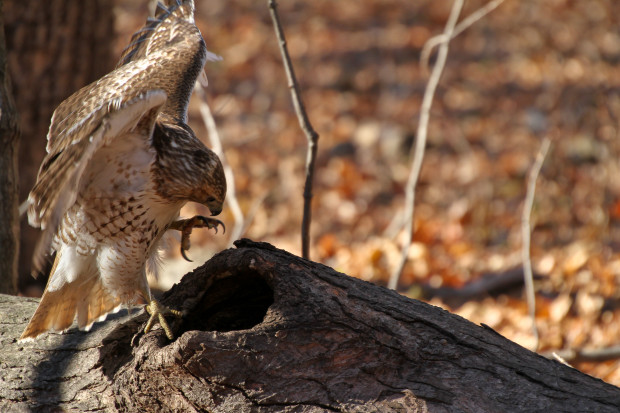
5. Squirrels may pretend to bury a nut to throw off potential thieves.
Squirrels have been observed engaging in “deceptive caching.” This is where a squirrel digs a hole and vigorously covers it up again, but without depositing the nut. It seems this is done to throw off potential food thieves.
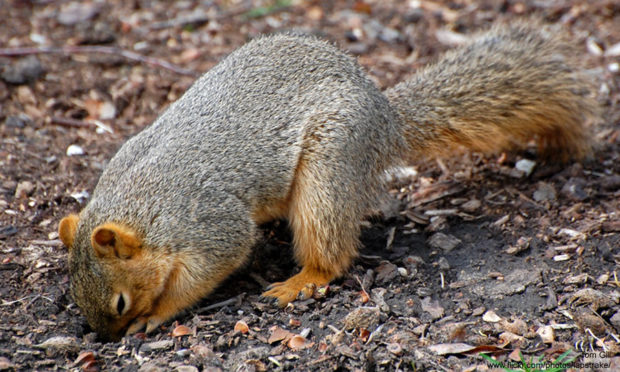
6. A newborn squirrel is about an inch long.
If you come across one of these itty-bitty baby squirrels, please consult these resources, which will advise you what to do. That will help give the baby squirrel its best chance at survival.
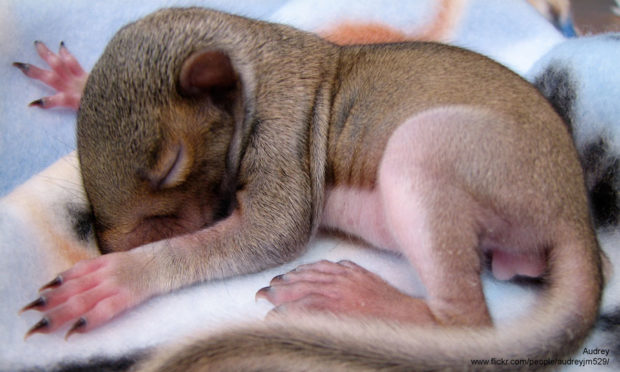
7. Humans introduced squirrels to most of our major city parks.
The story about why U.S. parks are full of squirrels is truly fascinating and worth a read.
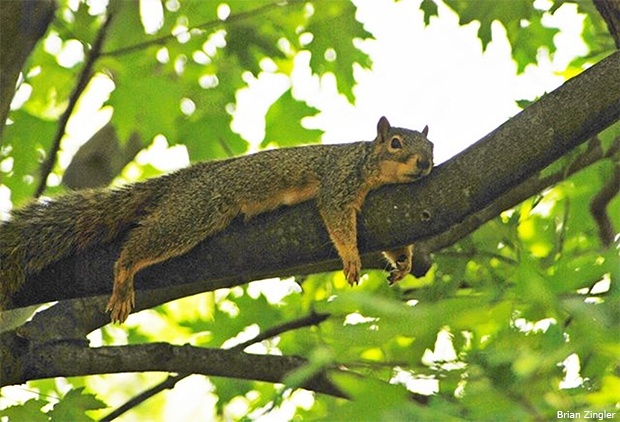
8. Squirrels are acrobatic, intelligent, and adaptable.
If you’re not convinced, try to hang a bird feeder without these bandits giving you a challenge.
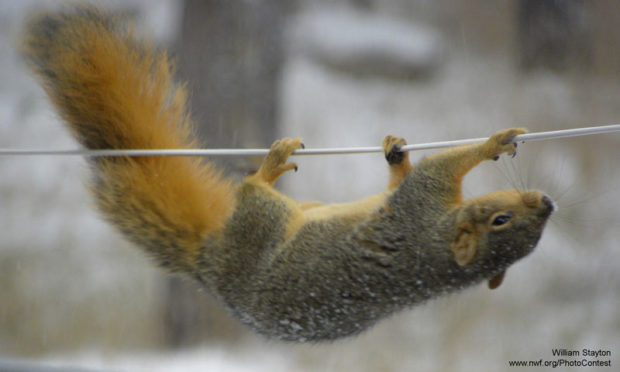
9. They get bulky to stay warm during the winter.
Putting on some extra weight is one strategy squirrels use to stay warm during the cold winter months.

10. Squirrels don’t dig up all of their buried nuts, which results in more trees!
They have accidentally contributed countless trees to our nation’s forests. If you ask me, that’s a pretty great reason to appreciate squirrels.

Ways to Celebrate
If you’re looking for ways to celebrate squirrels, we have a list of ideas for you! A few highlights include:
- Free Squirrel vs. Birdfeeder game for your iPhone.
- Ideas to keep squirrels from raiding your bird feeders.
- Opportunity to donate a tree through our Trees for Wildlife program.
- Some tips to providing food for wildlife in your yard.
- Keep your bird seed safe from squirrels with this feeder, or give squirrels a feeder of their own.
Like what you read? Please consider making a donation to support our critical conservation work:




















